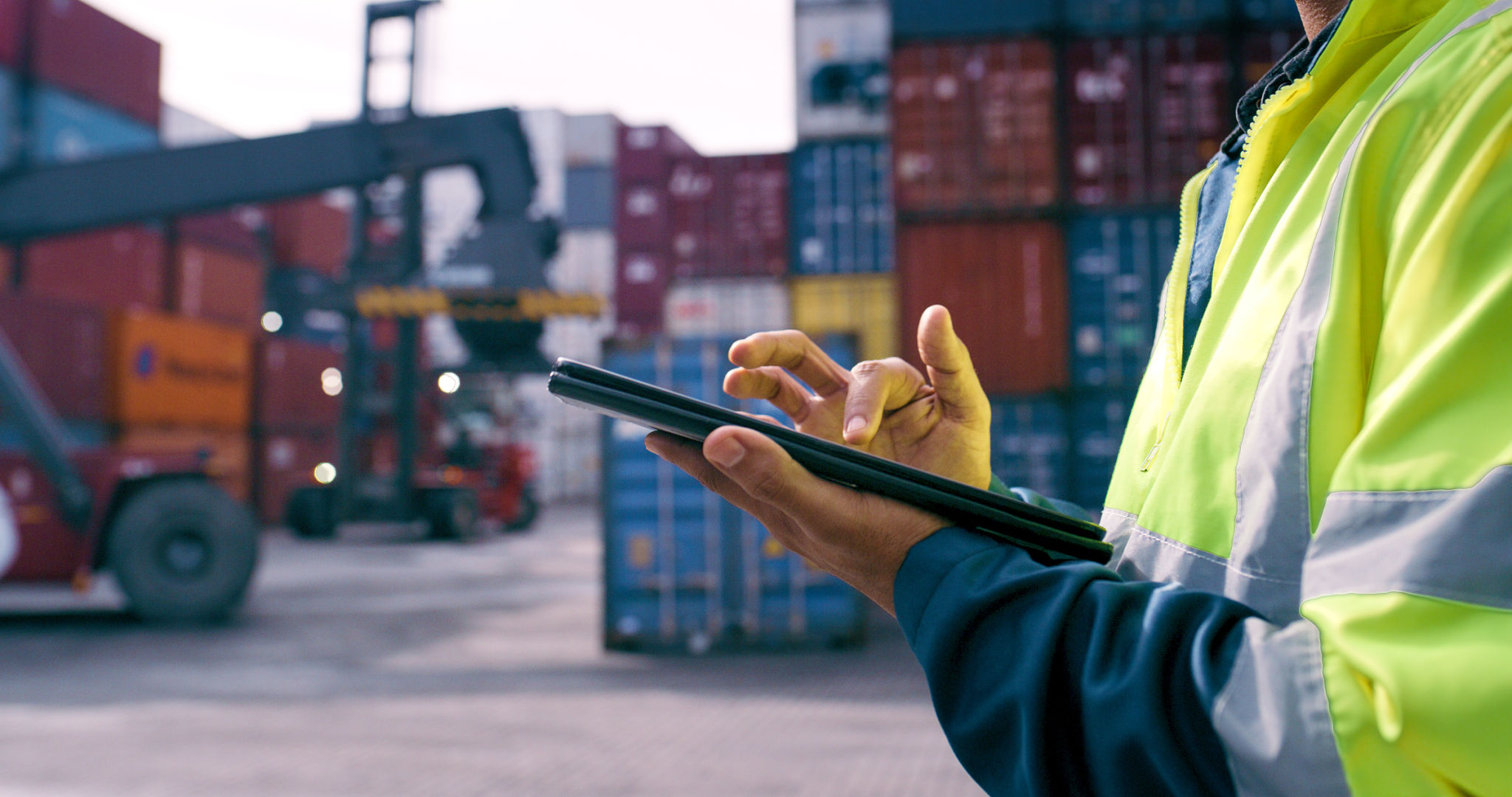Understanding the Fashion Supply Chain: From Design to Delivery
Fa
Introduction to the Fashion Supply Chain
The fashion supply chain is a complex and dynamic network that involves various stages from the initial design concept to the final delivery of products. Understanding this process is crucial for professionals within the industry as well as consumers who are increasingly interested in the origins and journeys of their clothing. In this blog post, we'll explore each stage of the fashion supply chain, highlighting the key components and challenges involved.

Design and Development
The journey of a garment begins with the design phase. Designers draw inspiration from a variety of sources, including art, culture, and current trends, to create unique pieces that will appeal to their target market. Once a design is conceptualized, it moves into development where prototypes and samples are produced. This stage involves several iterations and adjustments to ensure the design is feasible for mass production.
During this phase, designers also decide on materials and fabrics, which play a significant role in determining the final look and feel of the garment. Collaboration between designers, pattern makers, and sample makers is essential to bring the vision to life and address any technical challenges that arise.
Manufacturing and Production
Once the design is finalized, it enters the manufacturing stage. This involves selecting factories that align with the brand's values and quality standards. Manufacturers are responsible for producing the garments in large quantities while maintaining consistency and adhering to deadlines. This stage often requires coordination with multiple suppliers for materials, trims, and other components.

Quality control is a critical aspect of manufacturing, as it ensures that each piece meets the required standards before being distributed. Brands often conduct inspections and work closely with factories to resolve any issues that may arise during production.
Logistics and Distribution
After manufacturing, garments are ready for logistics and distribution. This stage involves transporting products from factories to various retail locations or directly to consumers. Logistics partners play a vital role in ensuring timely delivery while managing costs and minimizing environmental impact.
- Sourcing reliable shipping partners
- Ensuring efficient inventory management
- Addressing customs and import/export regulations

In recent years, there has been a growing emphasis on sustainability within the supply chain. Brands are increasingly adopting practices that reduce carbon emissions and promote ethical labor conditions throughout the logistics process.
Retail and Consumer Delivery
The final stage of the fashion supply chain is retail and consumer delivery. This involves presenting the garments in physical stores or online platforms where consumers can make purchases. Retailers often focus on creating engaging shopping experiences that highlight the brand's identity and values.
With the rise of e-commerce, direct-to-consumer delivery has become more prevalent. Brands are leveraging data analytics to personalize shopping experiences and improve customer satisfaction. Efficient delivery systems are crucial to meet customer expectations for fast and reliable service.

Conclusion
The fashion supply chain is an intricate process with many moving parts. From design to delivery, each stage plays a vital role in bringing garments from concept to consumer. Understanding this journey not only enhances industry knowledge but also empowers consumers to make more informed purchasing decisions. As the fashion industry continues to evolve, transparency and sustainability within the supply chain will remain key areas of focus for brands worldwide.
